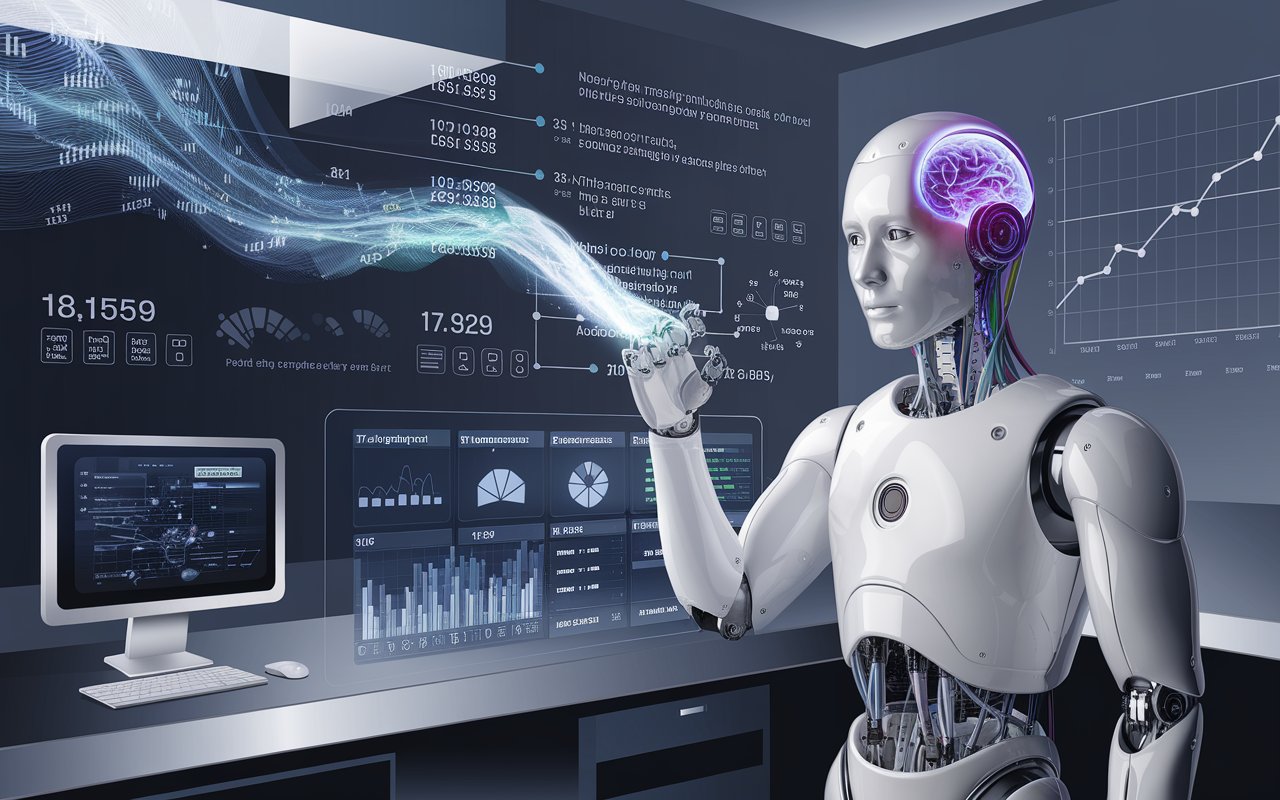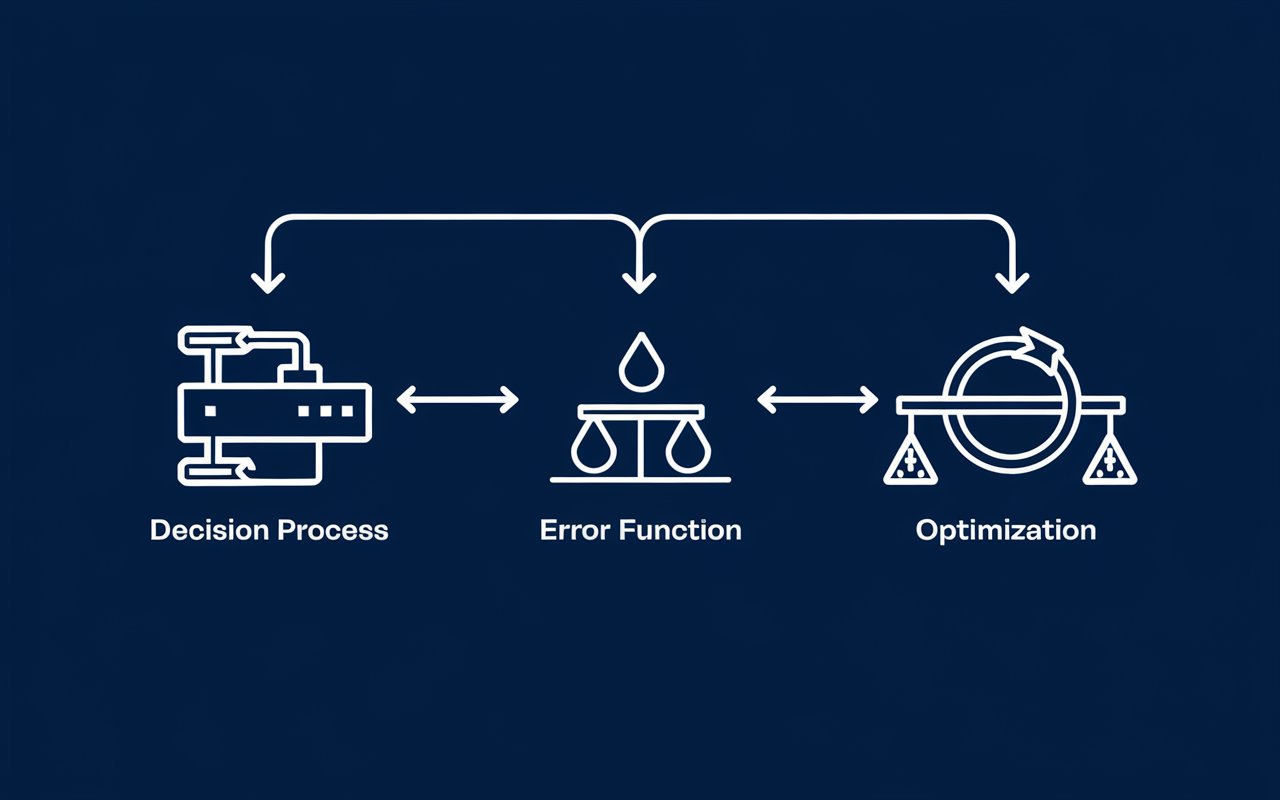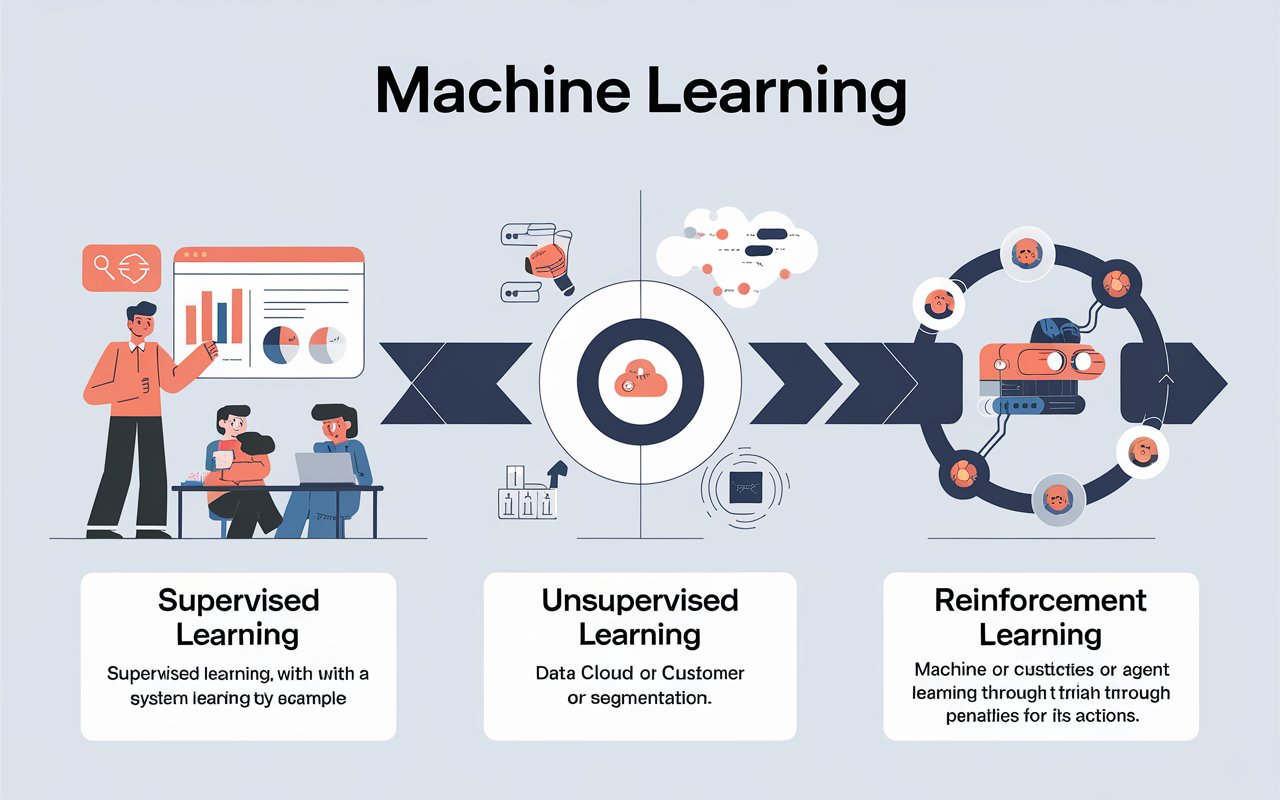What is Machine Learning? Types, Algorithms, and Uses
Machine learning (ML) is transforming industries by enabling computers to learn from data and improve without explicit programming. This guide explores the basics of machine learning, its types (like supervised learning and unsupervised learning), and key machine learning algorithms such as neural networks and deep learning. Whether you’re new to ML or looking to deepen your understanding, we’ll explain how this innovative technology works and its many applications.
Table of Contents
- Introduction: What is Machine Learning?
- How Does Machine Learning Work?
- Types of Machine Learning
- Deep Learning and Neural Networks
- Popular Machine Learning Algorithms
- Applications of Machine Learning
- Conclusion
What is Machine Learning?
Machine learning is a branch of artificial intelligence (AI) that focuses on enabling computers to automatically learn from data, identify patterns, and make decisions with minimal human intervention. Unlike traditional programming, where every action must be manually defined, machine learning allows a learning machine to improve its performance over time by analyzing data inputs and refining its processes.
How Does Machine Learning Work?
At the core of every machine learning system are three essential components:
- A Decision Process: The algorithm makes a prediction or classification based on the input data, which could be labeled or unlabeled.
- An Error Function: This function evaluates the prediction’s accuracy by comparing it to actual outcomes, allowing the system to measure its performance.
- Optimization: The model adjusts its parameters through iterative updates, optimizing its accuracy by reducing prediction errors over time.
Machine Learning Types: Supervised, Unsupervised, and More
Machine learning models are generally categorized into three types: supervised learning, unsupervised learning, and reinforcement learning. Each type serves different purposes and is suited for specific problems.
-
Supervised Learning
Supervised learning is when the machine is trained on labeled data, meaning the input and output pairs are known. This is the most common type of machine learning and is widely used for tasks like spam detection, medical diagnosis, and speech recognition.Example: Email spam filters use supervised learning to differentiate between spam and non-spam emails based on historical data.
-
Unsupervised Learning
In unsupervised learning, the system is given data without explicit labels, and it must identify patterns or groupings on its own. This type is often used for data clustering, market segmentation, or anomaly detection.Example: Customer segmentation in marketing, where a model clusters users based on their purchasing habits.
-
Reinforcement Learning
Reinforcement learning is a trial-and-error approach where the machine learns by receiving rewards or penalties based on its actions. This type is commonly used in applications like autonomous vehicles and robotics, where the machine adapts to its environment to achieve specific goals.
Deep Learning and Neural Networks
A crucial subset of machine learning is deep learning, which utilizes neural networks to process complex data, such as images and audio. These networks simulate the workings of the human brain, with layers of neurons that analyze different data features. The deeper the network (i.e., the more layers it has), the better it is at identifying patterns in large datasets.
Neural networks are used extensively in tasks like facial recognition, natural language processing, and autonomous driving. They’re designed to automatically learn features from raw data, eliminating the need for manual feature engineering and enabling highly accurate predictions.
Popular Machine Learning Algorithms
Machine learning relies on various algorithms to solve specific problems. Here are some of the most commonly used algorithms:
- Neural Networks: Modeled after the human brain, these are great for recognizing patterns and are widely used in image recognition, speech processing, and language translation.
- Linear Regression: This algorithm predicts continuous values, like house prices or stock market trends, based on a set of input variables.
- Logistic Regression: Often used for classification tasks like spam detection, this algorithm predicts binary outcomes (e.g., yes/no, pass/fail).
- Clustering: This unsupervised learning method groups data points that share similarities, making it ideal for customer segmentation.
- Decision Trees: Easy to interpret and validate, decision trees are used for both classification and regression tasks. They visually represent decision-making paths, making them highly transparent.
- Random Forests: A more advanced version of decision trees, random forests combine multiple decision trees to improve accuracy and reduce overfitting.
Applications of Machine Learning
Machine learning is widely used across various industries, unlocking the potential for innovation and smarter decision-making. Here are a few notable applications:
- Healthcare: Machine learning assists in medical diagnosis by analyzing patient data to predict diseases and recommend treatments. It’s also used in personalized medicine, where treatment plans are tailored based on individual patient data.
- Finance: ML algorithms detect fraud by analyzing transaction patterns, and reinforcement learning models are used for real-time trading decisions in financial markets.
- Marketing: ML powers personalized recommendations on e-commerce sites like Amazon, and streaming platforms like Netflix use it to suggest content based on user preferences. Unsupervised learning techniques help businesses segment customers for targeted marketing campaigns.
- Autonomous Vehicles: Self-driving cars rely heavily on machine learning to interpret their environment, predict the actions of other vehicles and pedestrians, and make real-time driving decisions.
- Natural Language Processing (NLP): Virtual assistants like Siri and Alexa use machine learning for voice recognition, and chatbots rely on NLP to understand and respond to user inquiries.
Conclusion
Machine learning is revolutionizing industries with its ability to enable systems to learn from data and continuously improve. From supervised learning and unsupervised learning to more complex techniques like deep learning and neural networks, ML is opening new doors for automation, efficiency, and innovation. As a foundational technology in AI, machine learning will continue to shape the future of industries ranging from healthcare to autonomous driving, making it essential to understand its types, algorithms, and applications.
Contact Us:
-
Email: support@mycodelive.com
-
Visit: https://mycodelive.com/



